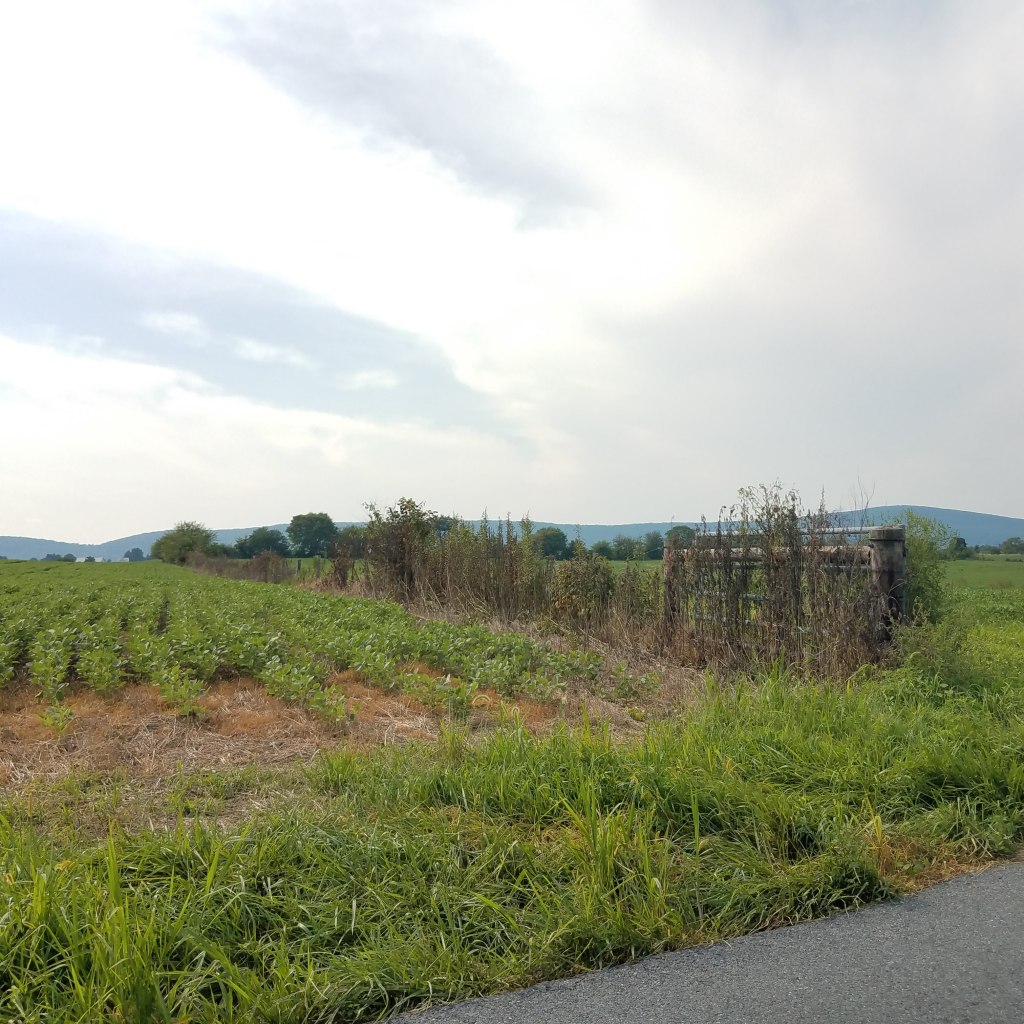Before eating foraged food, please keep the following guidelines in mind.
First and foremost, always be 100% sure of your identification. Beyond 100% if possible. You need to read a LOT of books with a LOT of photos and consult with a LOT of experts. If you don’t enjoy research, this activity isn’t for you. The pictures on this site (while beautiful) and descriptions (while eloquent) do not qualify as a source of identification. Also, if you have to look it up to be certain what you found, you’re probably not ready to eat it just yet. Nibbling on a plant to confirm its identity is dumb. Don’t be dumb.
Second: some plants must be processed specifically in order to render them edible. There is a lot of wrong information out there – Samuel Thayer covers many poisonous plant myths in his various books. But myths aside, there are still plants that are toxic if not prepared correctly. This is why I it took me so long to try pokeweed. I haven’t been completely comfortable in my knowledge of how to prepare it safely.
Always introduce new foods slowly and gradually. Different people have different reactions to wild edibles – just like with domesticated food – and anything has the potential to cause tummy aches if eaten without moderation. For example, some people get sick from daylily roots, while others have no issue. People may find that medical conditions can be exacerbated by excessive consumption of certain types of foods, such as kidney stones when eating plants high in oxalic acid.
Pay attention to local laws and restrictions. Yes, really, there are laws that impact foraging. For example, in WV it’s illegal to remove plants from within 100 yards of public roads without permission. Parks may have restrictions against removing plant or animal matter from the premises. Proximity to roadways may subject wild edibles to fumes, run off, and pesticides sprayed by highway maintenance agencies.

Foraged plants alongside farmers’ fields may also be exposed to herbicides.

And for the love of all that is holy, do not trespass.
Last but not least, be careful for poison ivy, ticks, and thorns. (Says the woman who has poison ivy more often than not.) Stay hydrated and wear sunscreen during humid summer weather. Dress in warm layers during cold winter weather. Use common sense.
The author does not assume any liability for illness or injury incurred while foraging or consuming foraged foods. Or for anything else, for that matter!